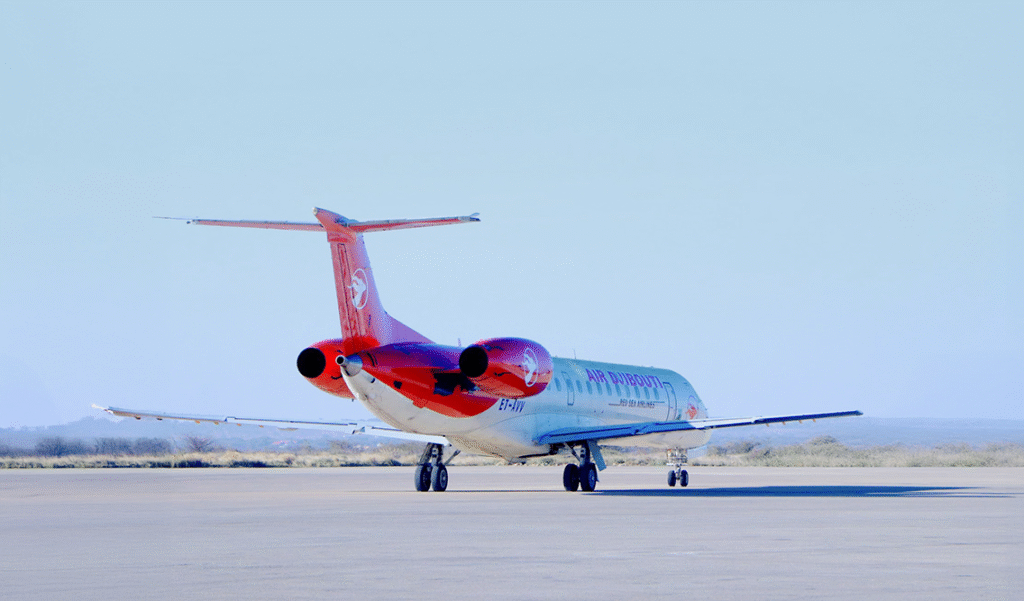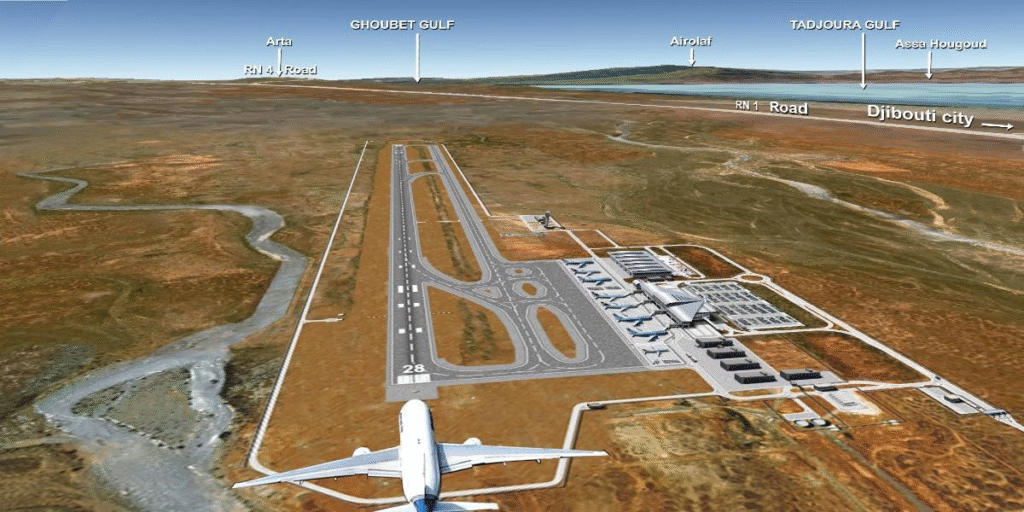Djibouti’s aviation policies in 2023 reflected a forward-looking strategy that harnessed its geographic position to strengthen trade and connectivity. While the country faced challenges in infrastructure, finance, and human capital, its aviation reforms aligned with broader national goals of becoming a multimodal logistics hub. Going forward, sustained investment in modernization, safety, and regional integration will be critical for Djibouti to cement its role as a key aviation player in East Africa and beyond.

Benefits of Djibouti’s Strategic Approach
- Connectivity Hub: Aviation complemented Djibouti’s port and rail infrastructure, making the country a key logistics and trade gateway.
- Tourism Growth: Expanded airline operations and improved facilities supported Djibouti’s small but growing tourism industry.
- Regional Influence: By strengthening aviation, Djibouti consolidated its role as a strategic player in East Africa and the Red Sea region.
- Economic Diversification: The aviation sector contributed to reducing reliance on port revenue alone.
- Global Partnerships: Enhanced compliance attracted more international airline partnerships and investment.
Ongoing Challenges

- Infrastructure Strain : Despite upgrades Djibouti–Ambouli International Airport faced rising traffic and needed further expansion.
- Financial Pressures: Large-scale investments placed strain on public finances, requiring sustained foreign partnerships.
- Human Capital Gaps: A shortage of trained aviation professionals limited the pace of regulatory reforms.
- Competition: Djibouti faced competition from larger hubs like Addis Ababa and Nairobi.
- Environmental Concerns: Balancing expansion with sustainable practices remained an ongoing challenge.
In 2023, Djibouti positioned itself as a strategic aviation hub within the Horn of Africa, capitalizing on its prime geographic location at the crossroads of Africa, the Middle East, and Asia. The government prioritized aviation development as part of its broader transport and logistics strategy, complementing Djibouti’s role as a global maritime hub. Aviation policies centered on infrastructure modernization, safety oversight, and regional integration to strengthen the sector’s role in trade and connectivity.
Regulatory Framework
The Djibouti Civil Aviation Authority (ADAC) managed safety regulation, air traffic oversight, and compliance with International Civil Aviation Organization (ICAO) standards. In 2023, ADAC continued improving its regulatory environment to meet international requirements, focusing on safety audits, licensing, and environmental compliance.
Key Developments in 2023
- Airport Modernization: Expansion efforts at Djibouti–Ambouli International Airport aimed to enhance capacity, safety, and passenger services.
- Airspace Management: Djibouti invested in updated air navigation systems to support rising international traffic across the busy Red Sea corridor.
- International Airlines: The country attracted more regional and international carriers, leveraging its location for transit operations.
- Regional Cooperation: Djibouti deepened collaboration within the East African Community (EAC) and COMESA, seeking harmonized regulations and integrated air services.
- Sustainability Policies: Authorities emphasized greener practices, including early planning for renewable energy use in aviation infrastructure.


